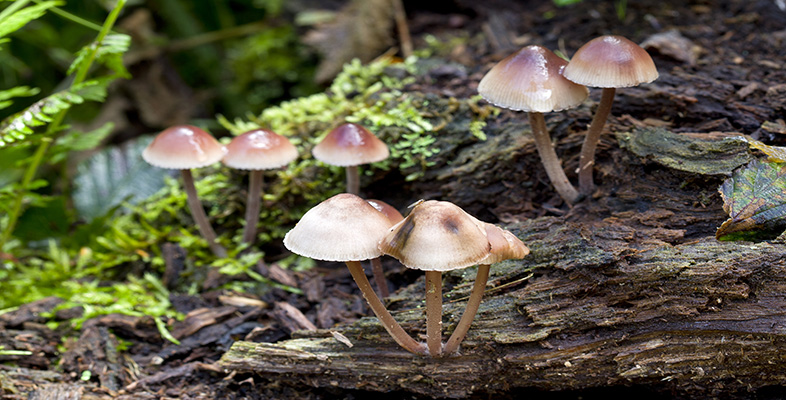1.3 Woodland history
'Ancient woodland' is a term mentioned in the next video clip – 'Archer's Wood'. This section aims to give a quick woodland history and show how ancient woodland fits in.
Activity 2
Watch the video below.
Transcript: Archer's Wood
S159 Neighbourhood Nature DVD Transcript: Archer's Wood: aging woodland
After the last glaciation, woodland grew to cover much of the UK. This naturally established wood was known as wildwood, but since Neolithic times (between 6000 and 4000 years ago) it has been progressively influenced by the activities of humans – either through management or complete clearance for farming. By the time the Domesday Book was produced (1086), around only 15 per cent of England was wooded.

Foresters tend to classify woodland based on its age, history and the types of trees found growing within it.
Primary woodland has existed continuously since the end of the last glaciation. Any surviving today is inevitably a tiny fragment of the original area.
Secondary woodland originated in areas that have at some time been unwooded, e.g. land used at some point in history for agriculture but was later allowed to revert to woodland. Virtually all land in the UK could eventually become woodland if left without interference from factors such as grazing, mowing or ploughing. You can probably think of examples of wasteland or uncultivated fields in your area where this process is starting to happen.
Plantations are areas of woodland where the trees have been deliberately planted. Non-native conifers – trees with needles that bear cones and are often evergreen, retaining a covering of leaves all year round, e.g. Norway spruce (Christmas tree) (Picea abies) – were popular choices during the twentieth century. Plantation woodlands were established primarily for timber production, often by the Forestry Commission, but may now have an important recreational role.
In the UK the term ancient woodland is used to mean land that has been continuously wooded since at least 1600. In practice, ancient woodland could be primary, secondary or even plantation, as long as it has been continuously wooded.
